For Horsetail, Betsy, Sunrey, Selena, Brooke & Taeko. Thank you for your inspiration and weaver skills.
Let's begin with a Hillmanian excursion—an excerpt that may seem unrelated now but will eventually connect. At the end of 2024 and the beginning of 2025, I started a practice of listening to dreams for insights and images that could provide wisdom for the upcoming year. In April, I created a drawing based on a dream, and the wisdom that emerged was, “The flowers will teach you.”
I often receive the nihilistic comment, "Who cares about dreams and their meanings?" My response usually breaks through with a simple statement: I care about them. This leads to the question of why I care and why it is important. The Western paradigm tends to prioritize efficiency over the sanctity of experiences, including dreaming and dream recall; dreams only become meaningful if we can extract from them for our personal benefit. This perspective favors measurable results because if dreams can be quantified or proven valuable, they might justify some of my scheduled time.
Do you remember the last time you were in complete awe, in a wonderment where time stoped and you could sense the density of connection with all that is? Awe,
“induces significant physical effects. You might shiver. Your pulse quickness. You might feel a warmth in the chest and tears in your eyes…When you are in these heightened states, default mode network regions of the cortex of your brain down regulates. You stop analyzing. You let go. Then, in this stillness of your mind, something extraordinary happens. Neurotransmitter floodgates open, and your synapses are bathed in a state of sanctity…Awe alters your mind from self-centeredness to community centric (Magsamen & Ross)1.
“Dreaming is enough; to dream is enough.”
~Dr. Chanti Tacoronte-Perez
I often feel that dreaming is enough; to dream is enough. That said, certain moments and memories of dreams pique my curiosity similar to when you are walking down a path or a street and something catches your eye or heart, prompting you to pause. The smell of ripe peaches at the market could draw you in, compelling you to turn toward it and to take a deeper breath. Or it's the fragrance of a lily you happen to pass, making you turn your head to admire its beauty.
These moments ignite curiosity, making you pause, redirect your attention, or completely shift your direction—your next move. When you follow curiosity or seek answers to satisfy the spirit of inquiry, awe floods the body, as a result, you experience the feelings of joy and pleasure.
Is this not enough?
When you're walking along a path and something catches your attention, you might find yourself drawn to it—a clearing, the sound of a potential waterfall, or a beautiful dress in a shop window.
However, our sense of time and efficiency, particularly in the West, has been hijacked by chronos—a sharp, inflexible, and timestamped calendar that normalizes rigidity. Our so-called "downtime" is often inhabited with distractions that posses our senses. What happens when we take a moment to observe rather than rushing to the next task, or waking up alarmed and hypnotized by our agendas?
Let me tell you about last night's dream; while brief, it called for further exploration.
The smell of a fragrant tea was enveloping,
I was being called to this floral tea and wondered about it.
Upon waking, I wrote my dream down and wondered what kind of tea I would have this morning. I have tea most every day. The dream wasn’t leading me to have tea, but to explore a particular kind, with floral notes.
So the question is, who cares? If your dream says something or points in a direction, will you follow it literally? In my exploration of dreams over the years, I learned that they are often metaphorical rather than literal messages. However, after decades of dreaming and engaging with my personal dream landscape, I sometimes find that my dreams point me toward literal or physical actions. They teach me to approach situations from different perspectives. Thus, I tend to my dreams both literally and metaphorically; each offers valuable insights.
As the water heated and I opened the tea basket, I immediately saw the tea I was going to brew—A young sheng puerh from old trees on a big snow mountain, similar to the one in the dream. Steam carried the floral notes toward my nostrils as I poured the hot water over the leaves. In that moment, I felt a deep sense of awe and profound pleasure—the night dream blending with my waking existence, to create a soothing aroma. My mouth watered, and I almost forgot to pour a cup for the ancestors. This is why dreaming matters, and I care for my dreams. I was present enough to witness this transition, to feel my body change and shift, from smelling the dream, to tasting the mountain. For an instant, I found myself in the liminal —in a dream—tasting a mountain—a flower sipping tea.
As fleeting as it was, that initial moment of awe came before I recognized the taste, the warmth of the cup, and the clouds outside drifting down. I felt held by Kiros—a divine timing that oriented my senses. In other words, it was a synchronistic pleasure. When I experience such a moment of synchronicity, there's a balance—just the right amount of inner psyche and outer actuality to redirect the soul. A flawless blend of dreaminess weaving with the tea I am sipping.
So, how is it beneficial to me? If I observe my dreams, I might remember them, and if I happen to bridge my dream with my waking reality, I might experience that synchronic moment, that induces wonderment and wowness. As a result, my body might flood with awe, leading to feelings of joy, pleasure, and happiness.
This is enough.
However, there is no "hard evidence" and therefore let me share another dream, another moment of syncretistic pleasure where aweness upon reverence enveloped me.
On April 4th, according to my dream journal, I incubated a dream aimed at helping me find a solution to some redness I was experiencing on my face. I had noticed a patchy area for about a month and assumed it might be due to a food allergy, something related to recent dental procedures, or changes from my perimenopausal body. It doesn't itch or cause discomfort, but I can see it. I noticed it flaring significantly on Sunday, so I called the dermatologist the next day, only to find they don't have any openings until the end of next month. After making the appointment, I turned to my palace of wonderment, my healing place: the dream.
I incubate a dream, "What's the healing image for my face?" "Can you help me support this?" "The flowers will teach you."
On April 5th, the dreamscape responds
I'm in my grandmother's house, in her bathroom, which has a big window, and I can see the backyard. Coming through this window is a horse, dark brown, black, or indigo. The horse has its tail in its mouth. This is not the kind of tail that might be long enough to have in one's mouth, but it seems severed or cut. Horse comes right to me, penetrates the window with portal-like ease.
I have a few more dreams that night, but when I awaken, the only thing that lingers in my mind is the horse with its tail in its mouth. I write down my dream and doodle the horse; then continue my morning rituals. One is yoga nidra, a liminal practice I've been engaging with daily for years. Like a dream state, the physical body relaxes deeply, welcoming an other state of consciousness. About halfway into this practice, the image of the horse with its tail in its mouth reappears. My next thought is, "There must be a flower named horsetail."
I quickly shift my body, grab my phone, and look up, "horse tail plant face." The AI summary reads:
"Horsetail plant, scientifically known as Equisetum arvense, is often used in skincare for its high silicon content and potential anti-inflammatory properties. It's believed to help improve skin firmness, reduce redness, and promote collagen production. Horsetail extract can be used topically, for example, in toners or creams."
Awe floods the body.
This is not my first time listening to a dream this way. So, I take what feels like the next step: I go to the local herb shop when it opens, buy some horsetail, make tea from it, and spray it on my face for the rest of the week.
Awe floods the body; the redness on my face is soothed.
April passes, and I hold the monthly community dream circle where participants come together to share the wisdom of their dreams from April and welcome the arrival of the new month. The dream weaving was beautiful right from the start. I wanted to share so much about horsetail, but I patiently wait as others recount their dreams. Toward the end of the circle, another dream is ready to be shared. Someone speaks about their travels to their homeland and visiting their grandmother, who feels very present in the dream circle. This person mentioned a shared friend, and as soon as they did, I realized I needed to share about horsetail in response to their story.
I had no idea how the synchronicities would continue…
The dreamer who shared about their travels then reveals that horsetail was the first herb they decided to take with them on their journey home.
Awe floods the body.
During the same dream circle (happening over Zoom), one of the dreamers physically took us to their yard to show us the abundance of horsetail growing just outside.
Awe floods the body.
After the dream circle, I paint an ode to horsetail, imagining how its roots weave this story, magically connecting dreamers from three different countries.
Awe floods the body.
Awe floods the body each time I walk by the painting or feel the horsetail spray on my face. A week later, I came across a picture of horsetail on my phone. A friend from yet another country shared the image, but the caption was in a language I couldn't read. So, I sent her a note asking, "Is that horsetail?" She replied with a story about how she often saw horsetail in her neighborhood, but it's becoming harder to find. "I'm glad to encounter it," she said. In her next post, she shared a picture of mugwort, an herb known as an ally for dreaming.
Awe floods the body
When we tend to a dream, we can "stick to the image," as James Hillman often advises. This practice invites us to observe the dream closely. As we listen to what is being observed, curiosity develops, trust builds, and we can follow the thread from divine time into linear time, weaving a story that matters. I am grateful for the connections, synchronicities, and magical patterns that nourish my soul.
Awe floods my body.
Dr. Chanti's Substack is a reader-supported publication. You can expect both theory and practice—nerdy-scholarly articles, creative invitations, and liminal practices that support. To receive new posts and support my work, consider becoming a free or paid subscriber.
Dr. Chanti is now accepting new clients.Reach out to set up a 1:1 session to explore dream interpretation, depth psychology, therapeutic art, yoga nidra, meditation, personal ritual and creative mentorship.
Magsamen & Ross. (2023). Your brain on art: How the arts transform us. Random House.





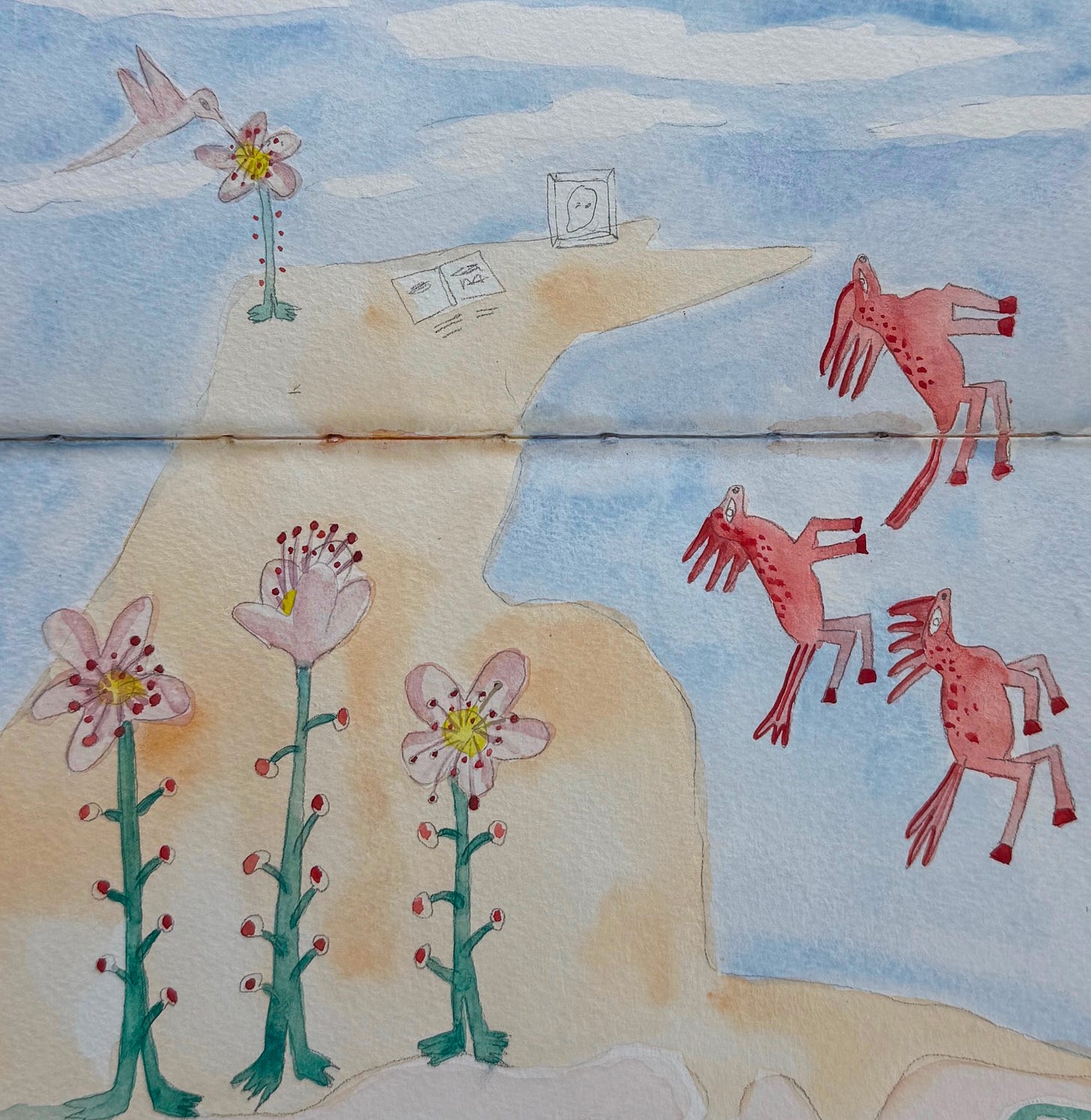

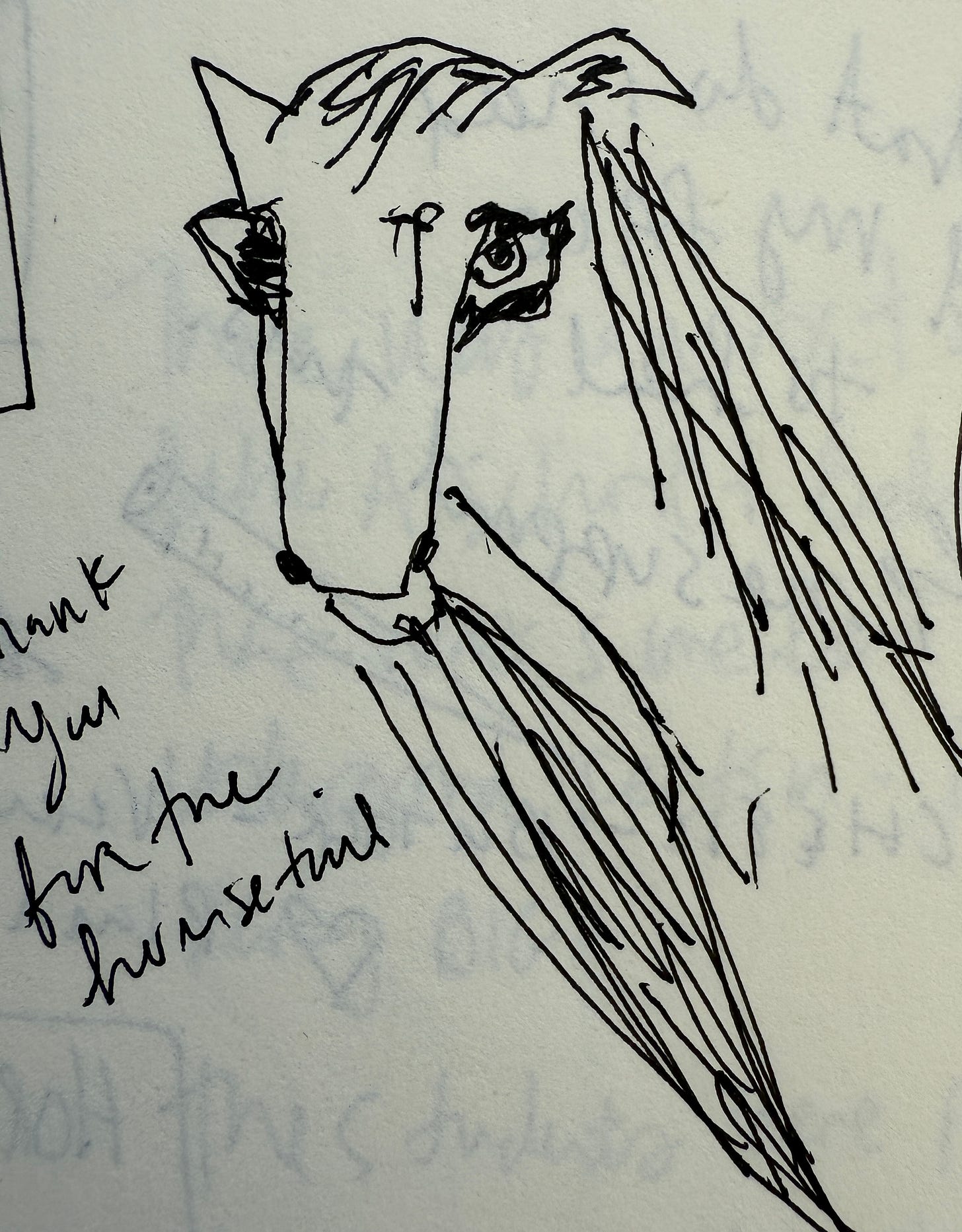
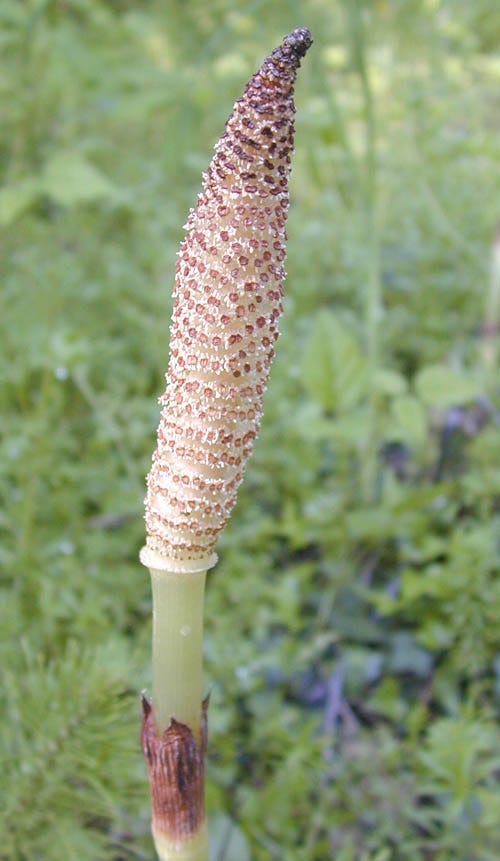
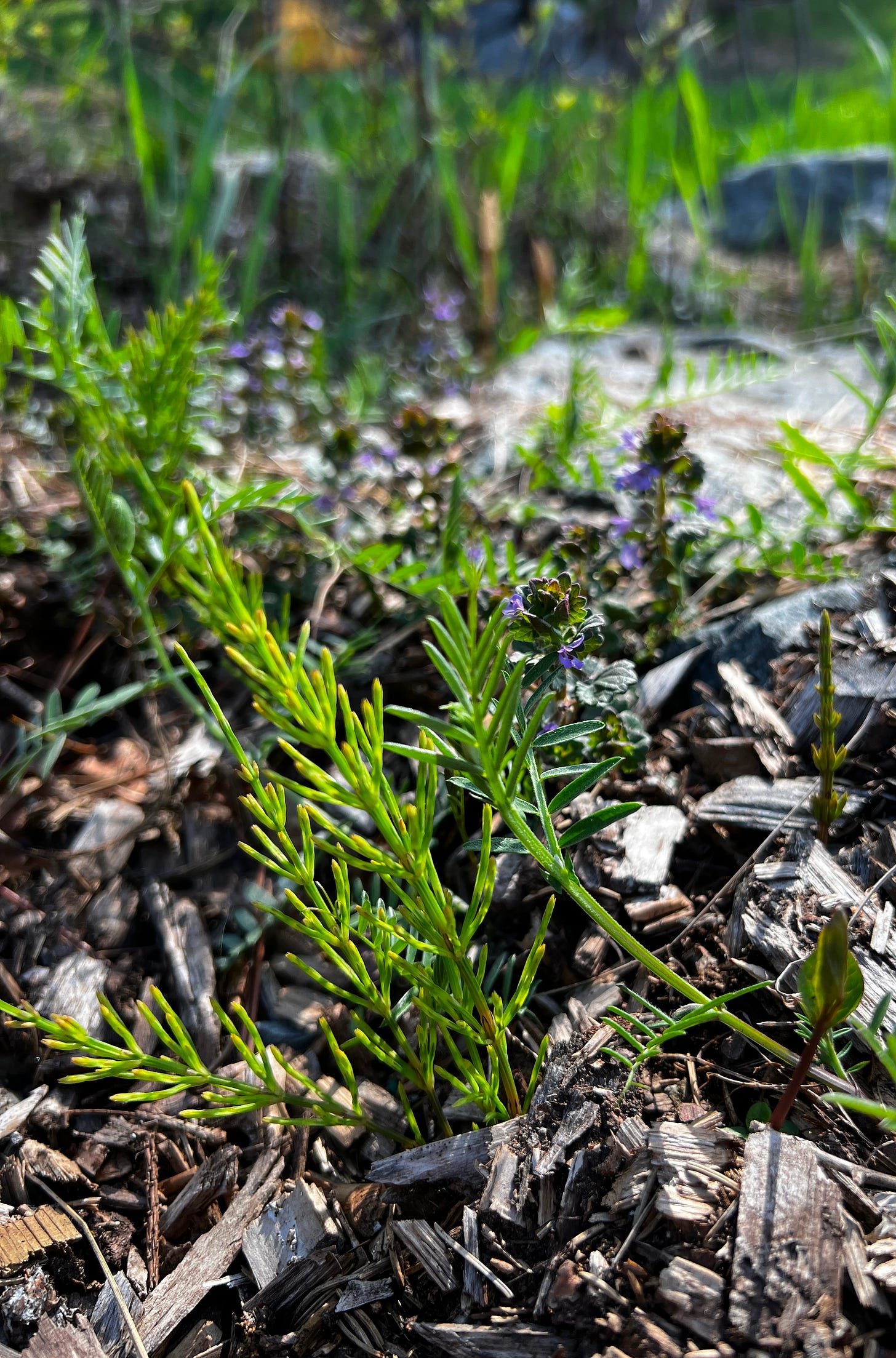

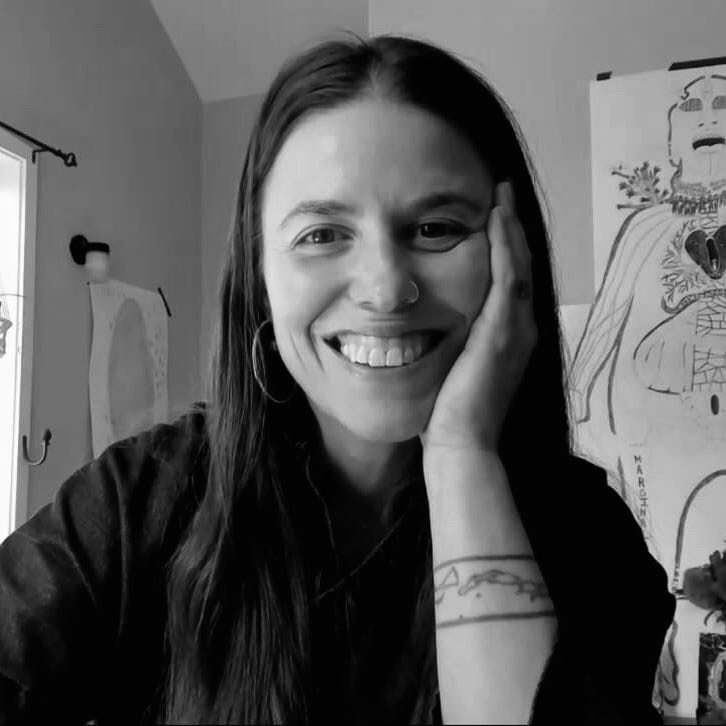
“Awe floods the body” my heart feels so full, and I have a smile ear to ear through this whole beautiful share.
The weaving of this story, horsetail, dreams, and the moments to just be, feels awe-sooo good!
Thank you! 💗🐴🌷